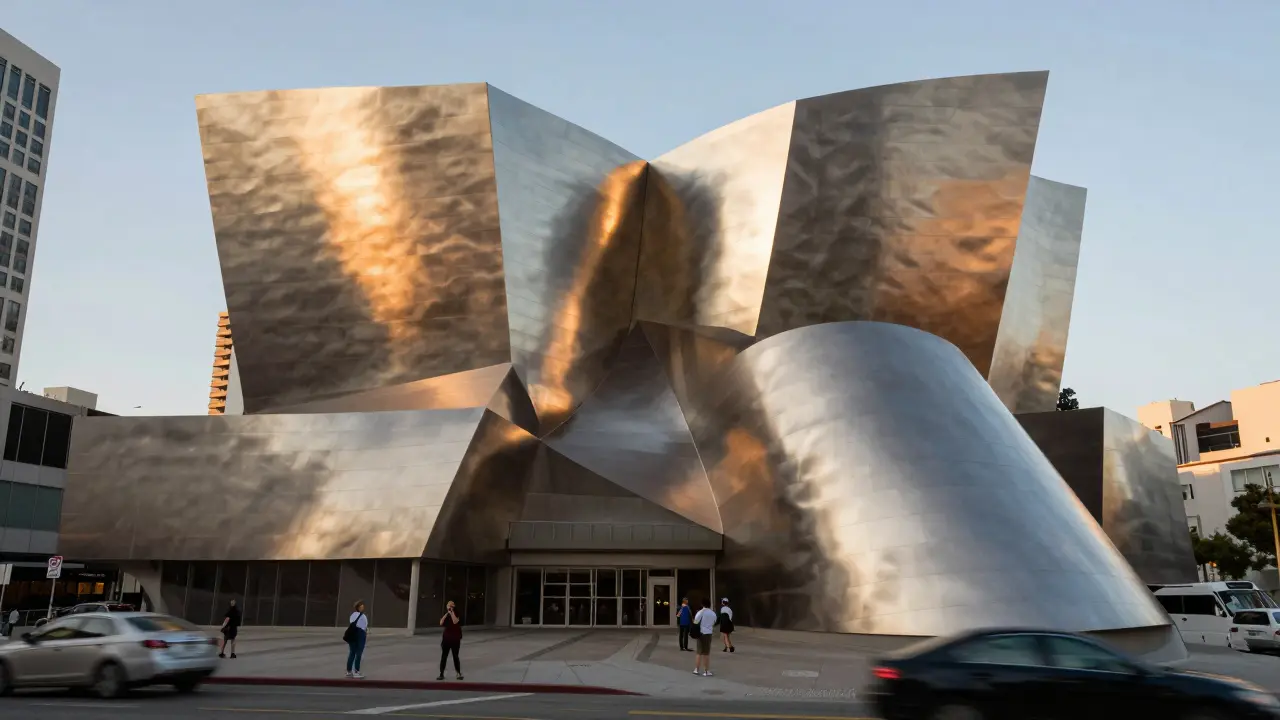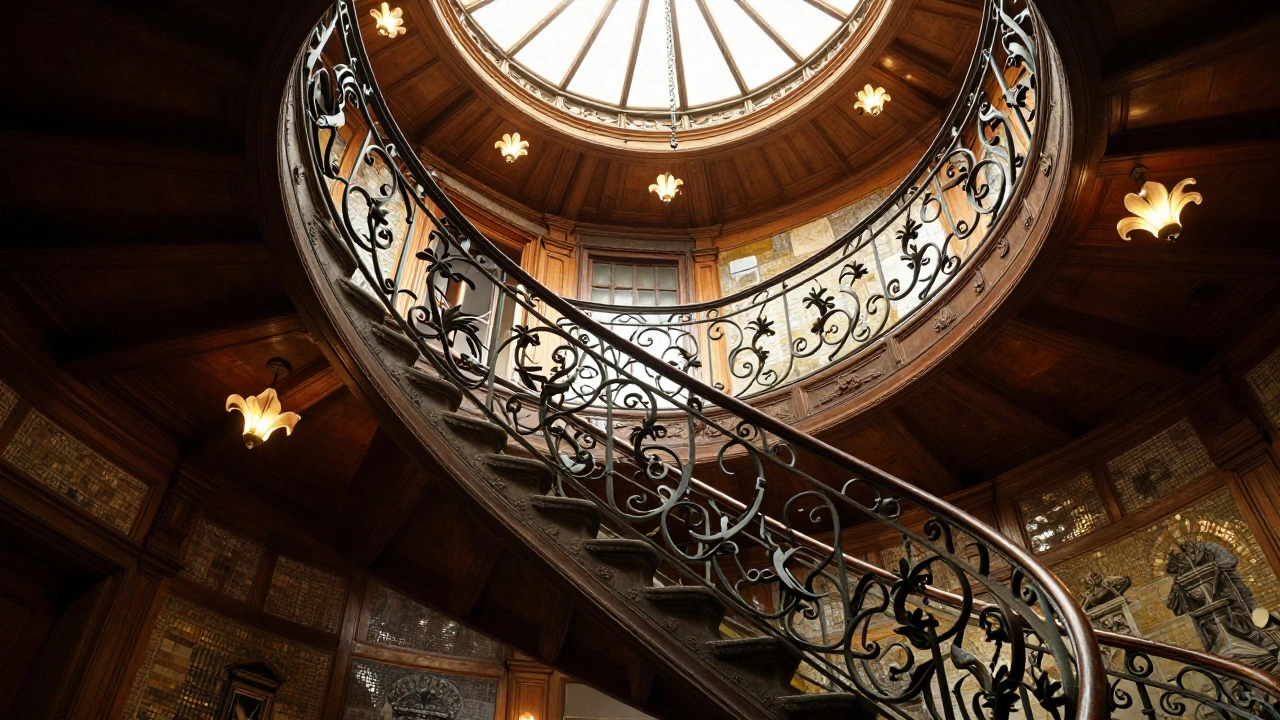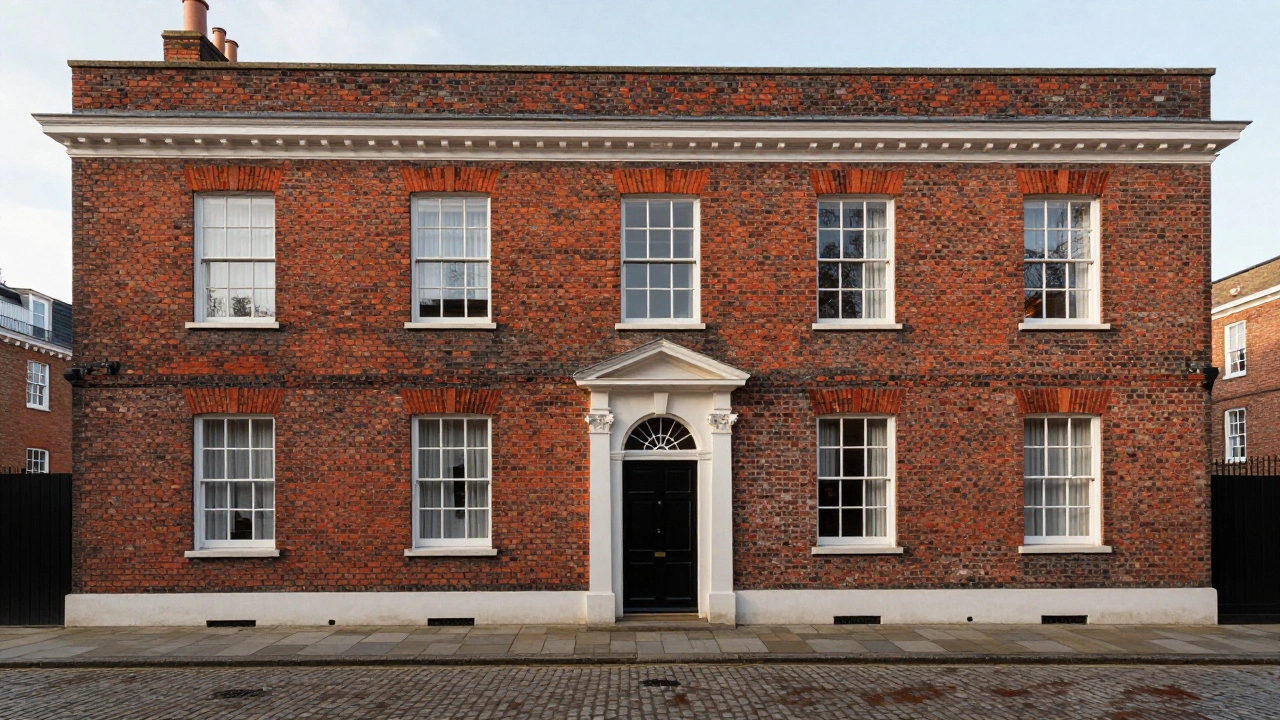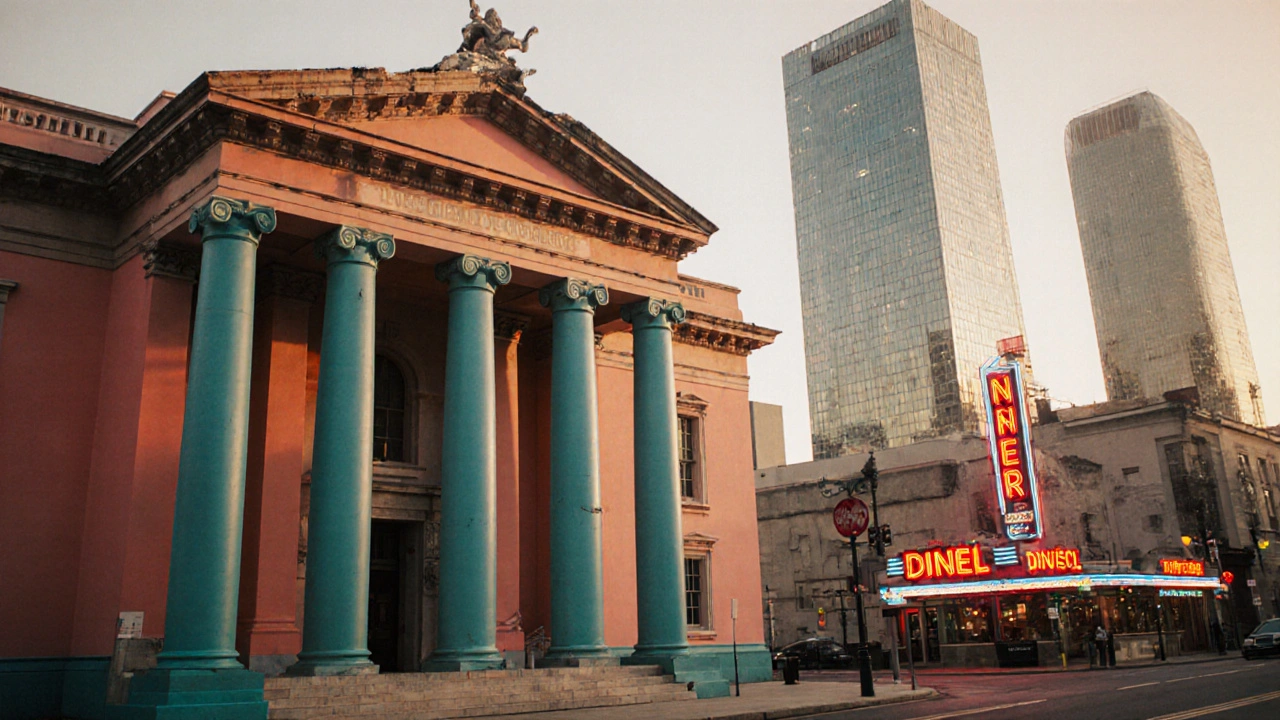Architectural Styles: Spot, Compare, and Use Classic Design
Want to tell a Gothic arch from a Greek column at a glance? Or figure out whether a house is Colonial, Craftsman, or a later Revival? This page helps you recognize major architectural styles, pick features you can use in your home, and learn where to look next for deeper reading on each style.
How to identify a style fast
Start with five quick checks: roof shape, windows, ornament, materials, and building layout. A steep roof with half-timbering screams Tudor. A low-pitched roof, exposed rafters, and built-in woodwork point to Craftsman. Rounded arches, heavy stone walls, and small windows usually mean Romanesque. Domes, mosaics, and a central-plan layout are classic Byzantine cues—think Hagia Sophia. Spotting a gambrel roof? That’s a strong hint of Dutch Colonial Revival.
Look for signature elements: columns and pediments for Greek Revival, pointed arches and stained glass for Gothic Revival, lavish curves and dramatic staircases for Baroque, and flowing natural lines for Art Nouveau. Postmodern buildings often mix historical references with bright colors or ironic details, while Expressionist architecture uses unusual shapes to evoke emotion. Those quick visual markers get you most of the way there before you need to read a plaque.
Using styles in your home or while traveling
Want a style in your house without copying a museum? Pick one or two signature elements and adapt them. Add Greek Revival appeal with simple columns on a porch and a symmetrical façade. Bring Craftsman warmth with wood trim, built-in shelving, and visible joinery. If you like ornament but not the upkeep, choose faux finishes—painted trim, modern moldings, or LED-lit niches can mimic historical drama without the cost.
When traveling, focus your attention. In cities, public buildings often show Greek Revival or Baroque grandeur. Old neighborhoods reveal Colonial, Georgian, or Federal houses. Churches and cathedrals are the best classrooms for Gothic, Romanesque, and Byzantine details. Carry a camera and one short note on each style—after a few trips you’ll start spotting patterns instantly.
Restoration tips: document everything, match materials where possible, and hire a conservator for historic details like mosaics or frescoes. For homes that aren’t listed historic, prioritize structural fixes, roof integrity, and moisture control before cosmetic work. Authentic-looking results come from layering: structural repair, correct materials, then surface details.
Want to read more? Explore individual articles on this site for deep dives: Byzantine domes, Gothic Revival arches, Renaissance Revival ornament, or the simple logic of Ranch and Craftsman homes. Each style has clear signs—once you know them, buildings tell their stories. Which style do you want to learn about next?

Why Deconstructivism Is Redefining Modern Design
Deconstructivism is reshaping modern design by rejecting symmetry and embracing chaos with purpose. From iconic buildings to everyday objects, it’s creating spaces that feel raw, emotional, and deeply human.
Read more
The Enchanting World of Art Nouveau Architecture: Curves, Nature, and Craftsmanship
Art nouveau architecture blends nature and craftsmanship into flowing, organic buildings that feel alive. Discover its key features, famous examples, and why it still inspires design today.
Read more
How Georgian Architecture Evolved Through Centuries
Georgian architecture evolved from classical principles into a timeless style defined by symmetry, proportion, and craftsmanship. Built between 1714 and 1830, its enduring appeal lies in its durability, functionality, and quiet elegance.
Read more
The American Craftsman: How Art, Functionality, and History Shape This Enduring Home Style
The American Craftsman style blends handcrafted woodwork, functional design, and natural materials to create homes that are both beautiful and built to last. Rooted in the Arts and Crafts movement, these houses remain popular for their warmth, durability, and timeless appeal.
Read more
Postmodern Architecture: When Looks Trumped Function
Postmodern architecture challenged the cold minimalism of modernism with bold colors, historical references, and playful forms. But did it sacrifice function for flair? This is the story of when looks took center stage.
Read more
The American Craftsman: A Timeless Style for Every Home
The American Craftsman style blends handcrafted woodwork, exposed structural details, and warm, earthy tones to create homes that feel timeless. More than just architecture, it's a philosophy of honesty, durability, and quiet beauty.
Read more
Postmodern Architecture: The Ultimate Fusion of Styles
Postmodern architecture breaks rules by mixing historical styles, bold colors, and playful forms. It rejects minimalism in favor of meaning, humor, and cultural references-creating buildings that tell stories, not just house them.
Read moreThe Iconic Structures of Greek Revival Architecture
Greek Revival architecture used ancient Greek temple designs to express democracy and order in the 19th century. From U.S. courthouses to Southern mansions, its white columns and symmetrical forms became symbols of civic pride.
Read more
Exploring the Grandeur of Renaissance Revival Architecture
Renaissance Revival architecture brought classical symmetry, arched windows, and palazzo-style grandeur to 19th-century buildings worldwide. Discover its key features, global examples, and why it still shapes our cities today.
Read more
Gothic Architecture: Beyond the Dark Aesthetic
Gothic architecture isn't just dark and mysterious-it's a brilliant fusion of engineering, light, and faith that shaped modern building design. Discover how pointed arches, stained glass, and flying buttresses created structures that still inspire today.
Read more